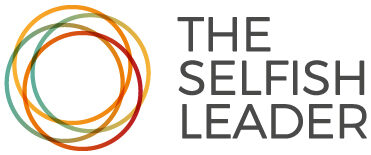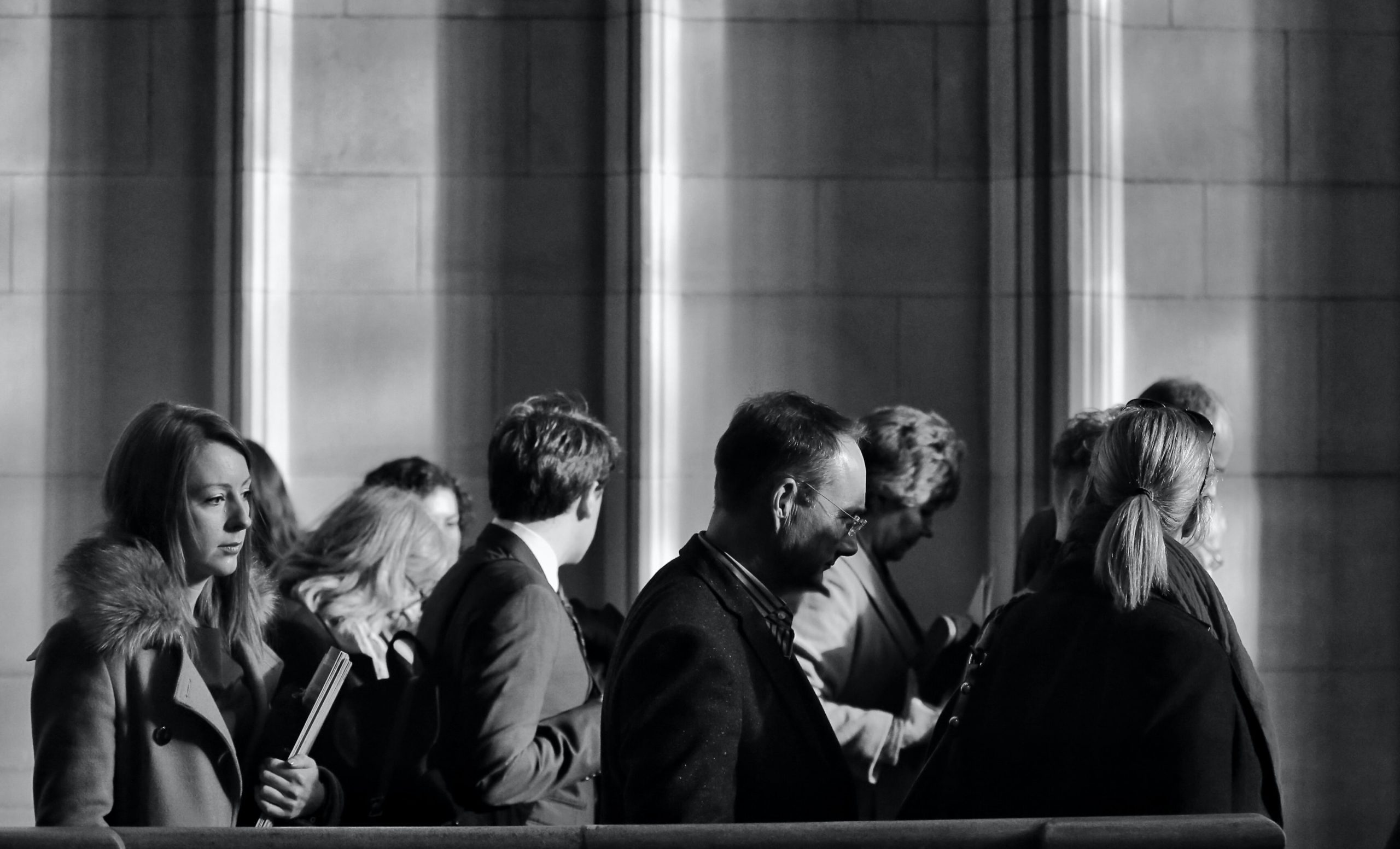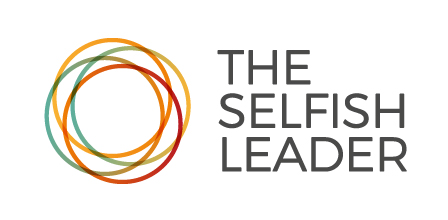Do we really want people to be more human at work?
I found a recent post by James Gairdner on this topic thought-provoking. In it, he observed our clamour for leaders to be ‘more human’, and pondered whether we are really ready for the true messy complexity of what it is to be human.
This is a topic that strikes a chord. My own work is driven by a desire for more humanity in leaders and workplaces. This is in part shaped by having witnessed and experienced many workplaces where people had to hide or separate many parts of themselves in order to fit in or conform.
What I see is that this often means some of the richness of people’s characters is left outside work: intimacy, play, humour, creativity, empathy, relating and so on. In the pursuit of an ideal ‘work self’ that fits in, we may exclude much that is actually essential for good leadership and healthy organisations.
And yet… the notion of a ‘work self’ doesn’t feel like a wholly unhealthy concept. We each have personas or masks that we use to interact with the world. And keeping these separate allows us to inhabit the role we feel is needed in a given environment whilst not showing parts of ourselves that may not be received as we’d like – the persona I had at a friend’s wedding last week is probably not the one I want to bring to a coaching session.
This of course is not a clean, neatly divided set of choices about who we are in any situation. There is a part of my social persona that will show up in my professional work, and vice versa, as both are of me. There is a permeability in the different aspects of my self that I show (and those that I don’t). Is it even possible to keep these completely separate?
In seeking healthier organisations and leaders, I wonder if what we should be more interested in is the extent to which these different aspects of self can be expressed. How far apart are our ‘work personas’ from the other parts of us? To what extent are we being performative in our leadership and work?
Maintaining a ‘performance’ in this way can be unhealthy and exhausting. I recall a friend of mine telling me years ago about his dad who was a senior leader in a global corporation. When his dad unexpectedly took early retirement, he told my friend that he was “tired of pretending to be a different person every day”.
There are questions to be answered in our desire for bringing more of our ‘whole self’ to work.
How equipped are we to receive people who show up with all of the complexity and messiness of being human?
When we ask for people to be more human, do we actually mean a fairly narrow set of behaviours that we deem acceptable and safe?
Is it safer and healthier to exclude some parts of our selves at work?
As with all things human, this is complicated and nuanced.
It is striking that this theme or debate about ‘being more human’ exists at all – perhaps it says something about the place that ‘basic humanness’ currently occupies in our workplaces and societies?
[image by Craig Ren on Unsplash]





